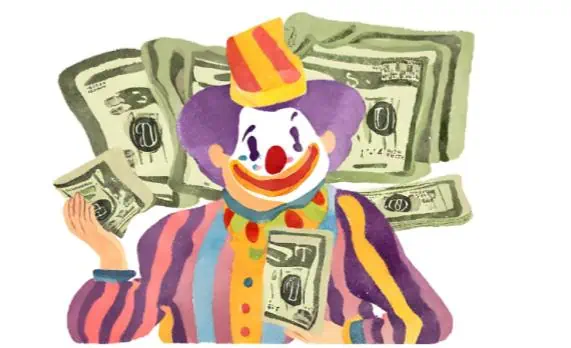Introduction
Money laundering, the process of disguising the origins of illegally obtained funds, has adopted many ingenious forms throughout history. One of the most fascinating and creative methods is money laundering through art. This practice has a rich history, serving as a vehicle for criminals to legitimise their ill-gotten gains and a tool for authorities to unveil hidden financial networks. In this article, we delve into the captivating world of art-based money laundering, exploring its origins, evolution, and notable cases that have left an indelible mark on the art market and prompted regulatory changes.
The Birth of Art-Based Money Laundering
The origins of money laundering through art can be traced back to the early 20th century, coinciding with the rise of organised crime. Criminals soon realised that art presented an ideal conduit for discreetly moving money. They would purchase valuable artworks using illicit funds and subsequently sell them through legitimate channels. This process made the profits from these sales appear clean and legitimate, effectively laundering the tainted money.
The Mid-20th Century Boom
Money laundering through art gained prominence during the mid-20th century, a time when art markets expanded globally. Art transactions were often conducted in cash, making it exceedingly challenging for authorities to trace the source of funds. Moreover, the subjective nature of art valuation allowed criminals to manipulate prices, further complicating the task of uncovering their illicit activities.
Notorious Figures in Art-Based Money Laundering
One of the most infamous cases of art-based money laundering involves the Colombian drug lord, Pablo Escobar. Known for his vast criminal empire, Escobar acquired a substantial collection of valuable art pieces, including works by renowned artists such as Picasso and Botero. These artworks served as both a status symbol and a means to launder millions of dollars while maintaining a facade of legitimacy.
Pablo Escobar’s art collection was not only a testament to his wealth but also a clever method of concealing the origins of his ill-gotten gains. By purchasing art through intermediaries and shell companies, he effectively obscured the paper trail of his criminal activities. This case exemplifies how art can serve as a powerful tool in the hands of cunning criminals.
Government Response and Regulatory Changes
In response to these creative criminal tactics, governments and law enforcement agencies worldwide began to develop specialised units to investigate art-related money laundering. The art market, once a relatively unregulated domain, is now subject to increased scrutiny. Transactions involving high-value artworks must adhere to stricter regulations to ensure transparency and mitigate the risk of money laundering.
The Role of Art Dealers and Auction Houses
Art dealers and auction houses play a pivotal role in the art-based money laundering landscape. While many of these entities operate with integrity and adhere to rigorous due diligence processes, others have unwittingly or knowingly become involved in illicit transactions. In some cases, criminals have exploited the trust and confidentiality that often characterises art transactions to legitimise their funds.
To combat these issues, governments and regulatory bodies have imposed more stringent reporting requirements on art dealers and auction houses. These measures aim to enhance transparency and ensure that suspicious transactions are promptly reported to the relevant authorities.
The Future of Art and Money Laundering
As technology continues to advance, so do the methods used in art-based money laundering. Digital art, non-fungible tokens (NFTs), and blockchain technology have opened up new avenues for concealing illicit funds. These developments present both challenges and opportunities for law enforcement agencies and regulators.
Conclusion
The history of money laundering through art is a captivating tale of cunning criminals and determined law enforcement agencies. This practice has evolved over the decades, leaving a lasting impact on the art market and prompting regulatory changes to combat illicit activities. While the world of art continues to intrigue and inspire, it also serves as a reminder of the ingenuity of those who seek to exploit it for criminal gain. As authorities adapt to new technologies and tactics, the battle against art-based money laundering remains an ongoing and evolving endeavour.
